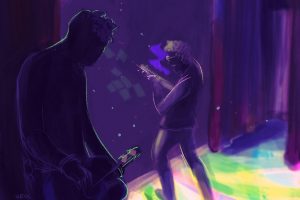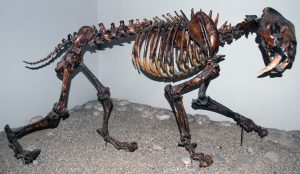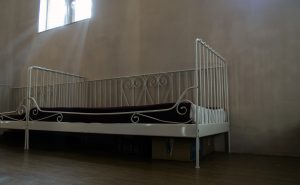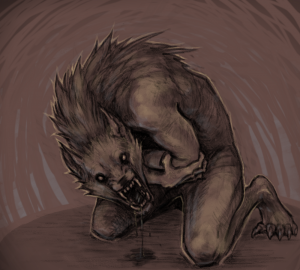 Today, we’re talking with Vivian Li, whose story, “Wild,” will appear in I Didn’t Break the Lamp!
Today, we’re talking with Vivian Li, whose story, “Wild,” will appear in I Didn’t Break the Lamp!
DV: Tell us a bit about yourself!
Vivian Li: I’m an aspiring writer, musician, composer, and inventor. My favorite things to do include writing, creating or imagining dance choreography, singing, composing, and reading about how things work. I’m currently studying English and Philosophy at the University of Toronto, and am hoping to apply for a MFA in Creative Writing next year. In the future, I want to continue learning as much as I can about the world (within reason, so that I don’t overwhelm myself) and be more attuned to who I am and where I am mentally and physically.
DV: What inspired you to write “Wild” for I Didn’t Break the Lamp?
VL: I love nature, and while looking out my living room window one morning, I saw the weeping willow trees. There was something poignant and important in that moment, and I wanted to capture it all in a story. Often, I’m not sure what happens when I start writing, as it begins with an emotional pull, and I end up following it into the end.
DV: Your main character deals with dreams, visions, and memories that may or may not be real. Does that uncertainty make it easier or more difficult to tell her story?
I feel that uncertainty is always there and prevalent in my life, and that becomes reflected in the characters I write. For me, her voice came naturally to me after I reached emotionally and mentally into Nature.
DV: Your story has a very poetic feeling to the language within it. Was that an intentional choice for this specific story, or is this a common trait to your writing?
VL: The poetic feeling in my stories sometimes emerges, and it just felt right for this narrative. I wanted to capture the freedom and senselessness of Nature and to me, the greater unknown feels like this endless and continuous rolling, mixture, and expansion of Nature.
DV: If you had an imaginary friend growing up, what was their name, and what were they like?
VL: I didn’t have an imaginary friend but I loved my stuffed animals very much! I used to bring along a stuffed Tiger with me everywhere, as well as a skinny polar bear. They were beloved and I still think fondly of them to this day.
DV: What’s on the horizon for you?
VL: I’m currently looking to find a home for my speculative fiction collection, and am editing a fantasy novel in the interim. I was recently a Finalist for the Jerry Jazz Musician Short Fiction Contest and longlisted for the 2019 OWT Short Fiction Prize. If you want to read more of my writing, feel free to check my website http://viviantherain.wordpress.com/ or follow me on Twitter (@eliktherain)!

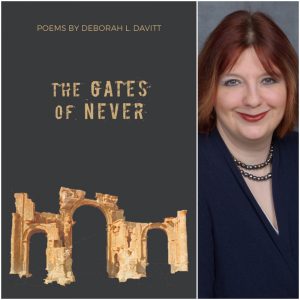 MSJ alum Deborah L. Davitt has a collection of her speculative fiction poetry coming out from Finishing Line Press on October 11th titled
MSJ alum Deborah L. Davitt has a collection of her speculative fiction poetry coming out from Finishing Line Press on October 11th titled 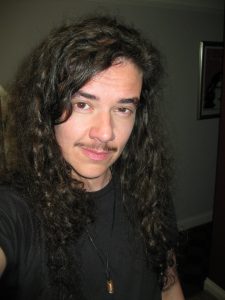 Today, we’re talking with Die Booth about his story for I Didn’t Break the Lamp.
Today, we’re talking with Die Booth about his story for I Didn’t Break the Lamp.